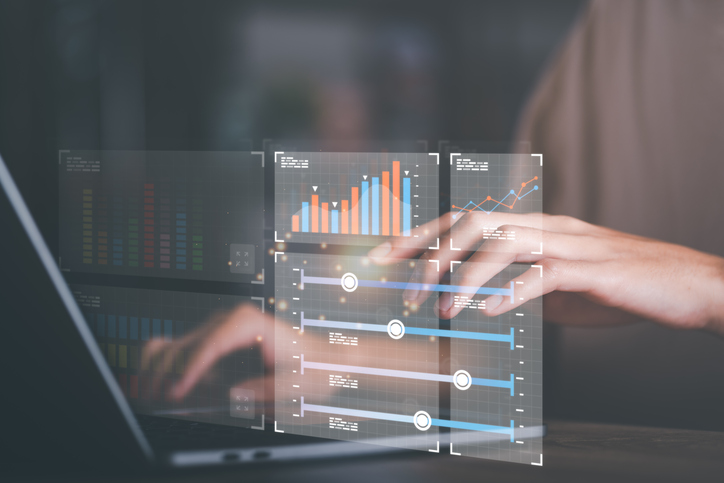Great Utilization of Synthetic Agricultural Data: The Ultimate Advancement in Data-Driven Agriculture Management (6/28)
Table of Contents
Introduction
Agriculture is a cornerstone of human survival and development, facing increasing challenges such as climate change, resource limitations, and population growth. To overcome these challenges and enhance agricultural productivity and efficiency, the agricultural sector is increasingly turning to data-driven approaches. Among these, the utilization of synthetic data stands out as a revolutionary tool. This article explores how synthetic agricultural data can be leveraged for the ultimate advancement in data-driven agriculture management.
What is Synthetic Data?
Synthetic data is artificially generated data created using algorithms based on real data. It mimics or transforms real data to increase volume and diversity while maintaining data privacy and security. This type of data is instrumental in training machine learning models and testing various scenarios, especially in fields like agriculture where collecting real data can be complex and resource-intensive.

Applications of Synthetic Data in Agriculture
1. Crop Growth Prediction
Agriculture involves various climate conditions, soil types, and farming practices that significantly affect crop growth and yield. Synthetic data can simulate these variables to generate diverse scenarios, helping to train crop growth models and develop optimal cultivation strategies. For example, it can simulate crop responses to climate change, enabling the formulation of appropriate response plans.
2. Pest Detection and Prevention
Collecting pest data is challenging and often involves sensitive information. Synthetic data can generate various pest occurrence scenarios to develop pest detection and prevention models, building early warning systems and taking appropriate control measures. For instance, predicting pest spread under specific climate conditions allows for effective planning.
3. Robotic Agriculture (Based on Agricultural Data)
Agricultural robots are used to automate tasks such as cultivation, harvesting, and pest management. Synthetic data can be used to train and test these robots. For instance, synthetic data can simulate various environmental conditions and task scenarios to evaluate and improve robot performance, ensuring they operate effectively in real-world conditions.
4. Smart Agriculture System Development
Synthetic data can be generated from IoT sensor data to test various functions of smart agriculture systems. This helps optimize water management, fertilizer use, and energy consumption. Synthetic data simulates how the system reacts to different environmental conditions, aiding in finding optimal operating strategies.
5. Genetic Analysis and Crop Improvement
Genetic data is crucial for crop improvement. Synthetic data can generate various genetic modification scenarios to develop crop improvement models. This helps develop better crop varieties and improve food productivity.

Advantages of Synthetic Agricultural Data
1. Ease of Data Acquisition
Collecting real agricultural data involves significant time and cost. Synthetic data addresses this issue by quickly generating the needed data. This is especially useful in agriculture, where data collection can be challenging.
2. Privacy Protection
Using real agricultural data carries the risk of sensitive information being exposed. Synthetic data minimizes this risk, protecting data privacy and facilitating data sharing and collaboration.
3. Increased Data Diversity
Synthetic agricultural data can reflect various scenarios and conditions, providing richer and more diverse data to improve model performance. This ensures models operate better in real-world conditions.
4. Improved Model Training and Testing Efficiency
Synthetic agriculture data provides sufficient data for model training and testing, enhancing model accuracy and reliability. This plays a crucial role in agricultural technology development and optimization.

Conclusion
Synthetic data is becoming an innovative tool in the agricultural sector. It enhances the efficiency and productivity of agriculture and develops new solutions to various challenges. The integration of agricultural technology and data science will further expand the use of synthetic data, contributing to sustainable agricultural development. The potential of synthetic data in agriculture is immense, and it will be a key factor in shaping the future of agriculture.
If you want to get more information about synthetic data or generative AI, please refer to more blog posts here 🙂
Are you interested in creating this synthetic data yourself, or buying or selling it? Here is a website called AZOO that makes all of this possible. If you would like to visit AZOO, please follow the link below.
